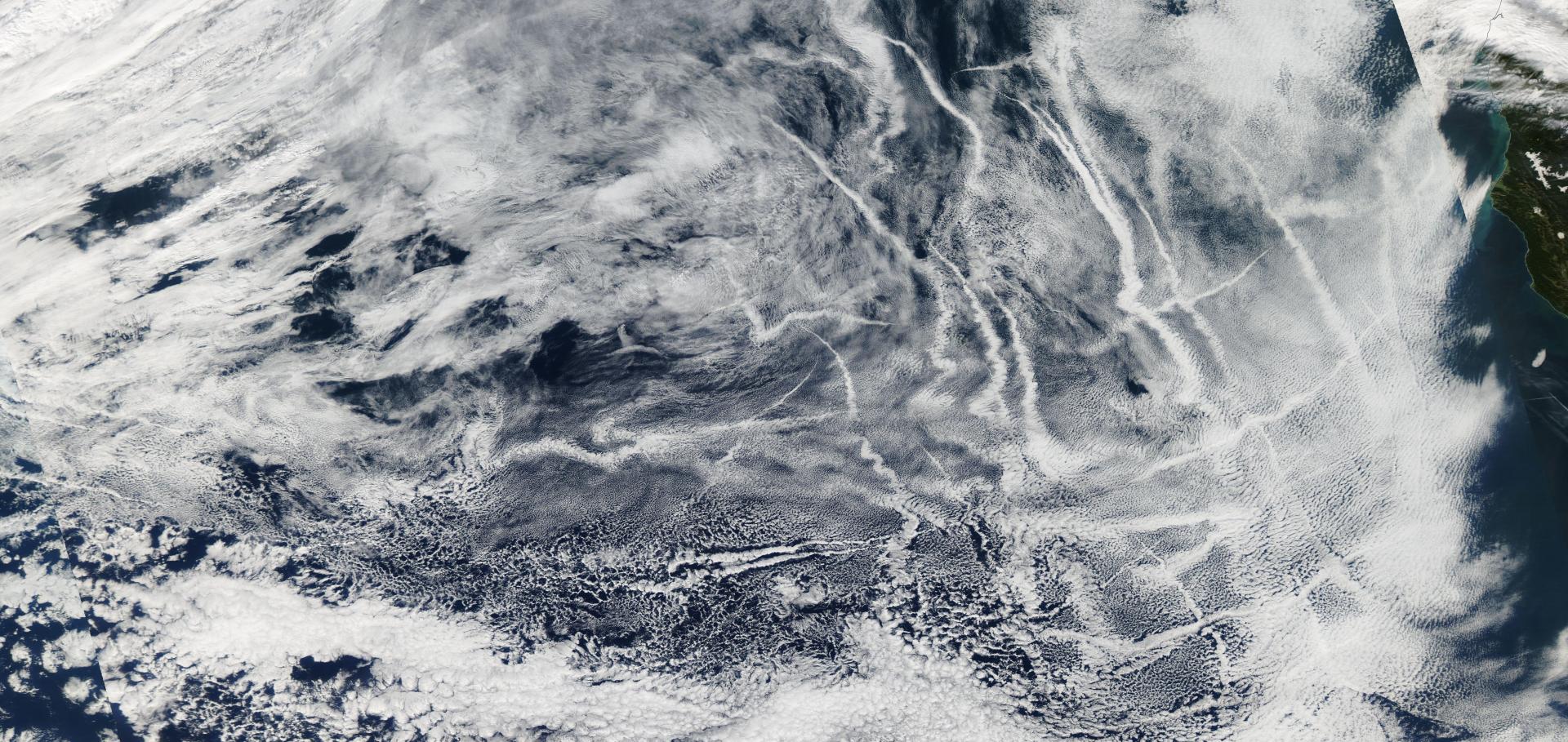Pollution tracker: finding industrial sources of aerosol emission in satellite imagery
Environmental Data Science Cambridge University Press 2:2003 (2023)
Abstract:
The effects of anthropogenic aerosol, solid or liquid particles suspended in the air, are the biggest contributor to uncertainty in current climate perturbations. Heavy industry sites, such as coal power plants and steel manufacturers, emit large amounts of aerosol in a small area. This makes them ideal places to study aerosol interactions with radiation and clouds. However, existing data sets of heavy industry locations are either not public, or suffer from reporting gaps. Here, we develop a deep learning algorithm to detect unreported industry sites in high-resolution satellite data. For the pipeline to be viable at global scale, we employ a two-step approach. The first step uses 10 m resolution data, which is scanned for potential industry sites, before using 1.2 m resolution images to confirm or reject detections. On held out test data, the models perform well, with the lower resolution one reaching up to 94% accuracy. Deployed to a large test region, the first stage model yields many false positive detections. The second stage, higher resolution model shows promising results at filtering these out, while keeping the true positives. In the deployment area, we find five new heavy industry sites which were not in the training data. This demonstrates that the approach can be used to complement data sets of heavy industry sites.Rapid saturation of cloud water adjustments to shipping emissions
EGU Sphere European Geosciences Union (2023) egusphere-2023-813
Abstract:
Human aerosol emissions change cloud properties by providing additional cloud condensation nuclei. This increases cloud droplet numbers, which in turn affects other cloud properties like liquid water content, and ultimately cloud albedo. These adjustments are poorly constrained, making aerosol effects the most uncertain part of anthropogenic climate forcing. Here we show that cloud droplet number and water content react differently to changing emission amounts in shipping exhausts. We use information about ship positions and modelled emission amounts together with reanalysis winds and satellite retrievals of cloud properties. The analysis reveals that cloud droplet numbers respond linearly to emission amount over a large range (1–10 kg h−1), before the response saturates. Liquid water increases in raining clouds, and increases are constant over the emission ranges observed. There is evidence that this is due to compensating effects under rainy and non-rainy conditions, consistent with suppression of rain by enhanced aerosol. This has implications for our understanding of cloud processes and may improve the way clouds are represented in climate models, in particular by changing parameterizations of liquid water responses to aerosol.Assessing cloud sensitivity to shipping aerosol across large emissions ranges
Copernicus Publications (2023)
ClimateBench v1.0: a benchmark for data-driven climate projections
Journal of Advances in Modeling Earth Systems American Geophysical Union 14:10 (2022) e2021MS002954
Abstract:
Many different emission pathways exist that are compatible with the Paris climate agreement, and many more are possible that miss that target. While some of the most complex Earth System Models have simulated a small selection of Shared Socioeconomic Pathways, it is impractical to use these expensive models to fully explore the space of possibilities. Such explorations therefore mostly rely on one-dimensional impulse response models, or simple pattern scaling approaches to approximate the physical climate response to a given scenario. Here we present ClimateBench—the first benchmarking framework based on a suite of Coupled Model Intercomparison Project, AerChemMIP and Detection-Attribution Model Intercomparison Project simulations performed by a full complexity Earth System Model, and a set of baseline machine learning models that emulate its response to a variety of forcers. These emulators can predict annual mean global distributions of temperature, diurnal temperature range and precipitation (including extreme precipitation) given a wide range of emissions and concentrations of carbon dioxide, methane and aerosols, allowing them to efficiently probe previously unexplored scenarios. We discuss the accuracy and interpretability of these emulators and consider their robustness to physical constraints such as total energy conservation. Future opportunities incorporating such physical constraints directly in the machine learning models and using the emulators for detection and attribution studies are also discussed. This opens a wide range of opportunities to improve prediction, robustness and mathematical tractability. We hope that by laying out the principles of climate model emulation with clear examples and metrics we encourage engagement from statisticians and machine learning specialists keen to tackle this important and demanding challenge.Invisible ship tracks show large cloud sensitivity to aerosol
Nature Springer Nature 610:7930 (2022) 101-106


